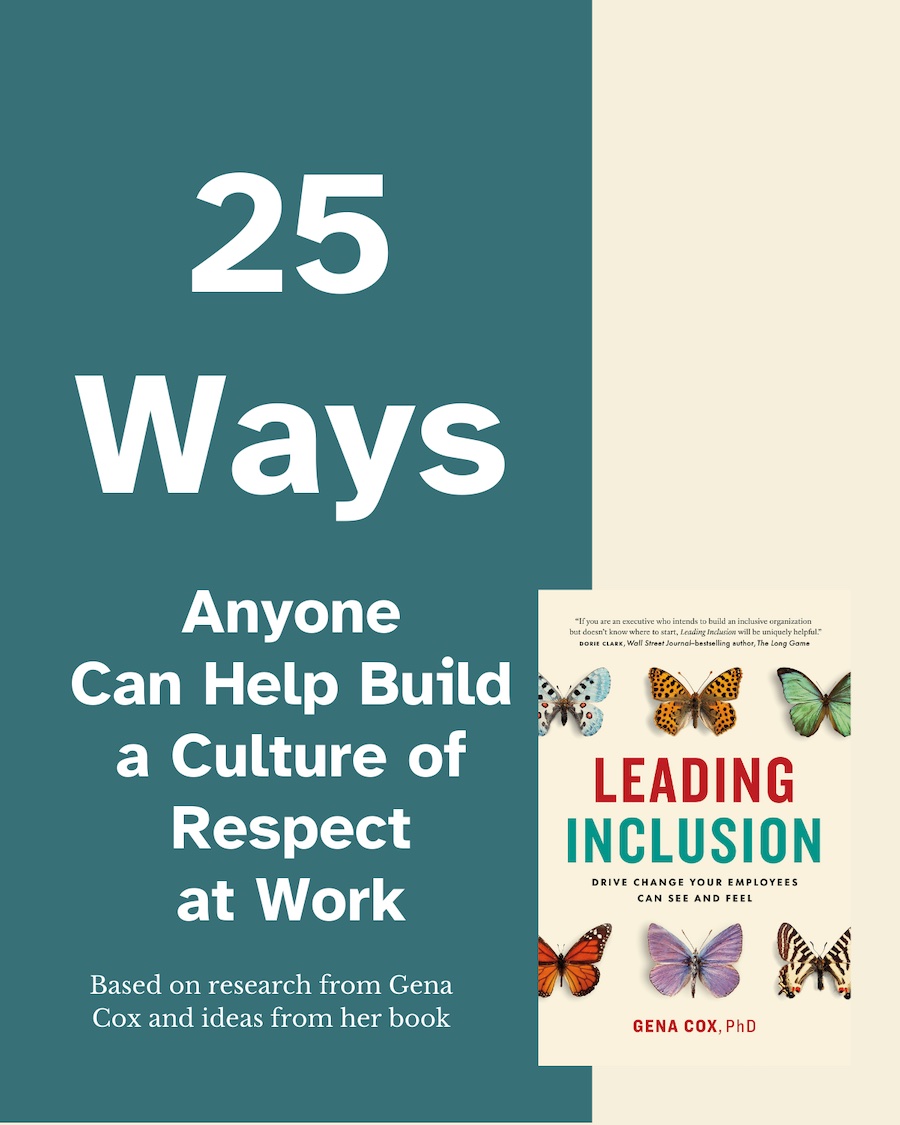Why “quiet hired” is terrible for women and people of color

Just when we thought we had heard enough of the newfangled workplace phenomena that came out of the COVID-19 pandemic, here comes another: “quiet hiring!” Like last year’s omnipresent “quiet quitting,” this term is nothing new. Quiet hiring refers to the phenomenon in which employers get the skills they need by adding new responsibilities or new projects to an employee already in the organization but not necessarily giving a promotion or change in title that might signal to their colleagues that the employee is doing an expended job. And quiet hiring may not come with a pay increase either.
Quiet hiring is not good for women or employees of color
While quiet hiring offers companies a strategic advantage in the form of just-in-time hiring and talent development, it disadvantages employees who acquire a new job this way.
- Quiet hiring sounds very similar to a too-familiar practice that many employees from under-represented backgrounds have experienced before. Specifically, for women and others with less access to the power paths in organizations, organizations have often moved them around with little regard for their personal needs and preferences. This is not good.
- Additionally, “quiet” moves often mean “more responsibility with no more pay or status.” Organizations have not been good at circling back to make these employees “whole” regarding pay or other compensation or perks—another bad thing.
- Quietly-hired jobs also have a slight stench of “we are trying something, and we will figure out if it works and if it sticks.” Women do not need to be pawns in that experimentation; they must ensure their career moves are purposeful.
Organizations can manage all of this downside by carefully explaining why they are asking a person to make this move and by making sure it is not positioned as a one-way proposition where only the organization wins.















